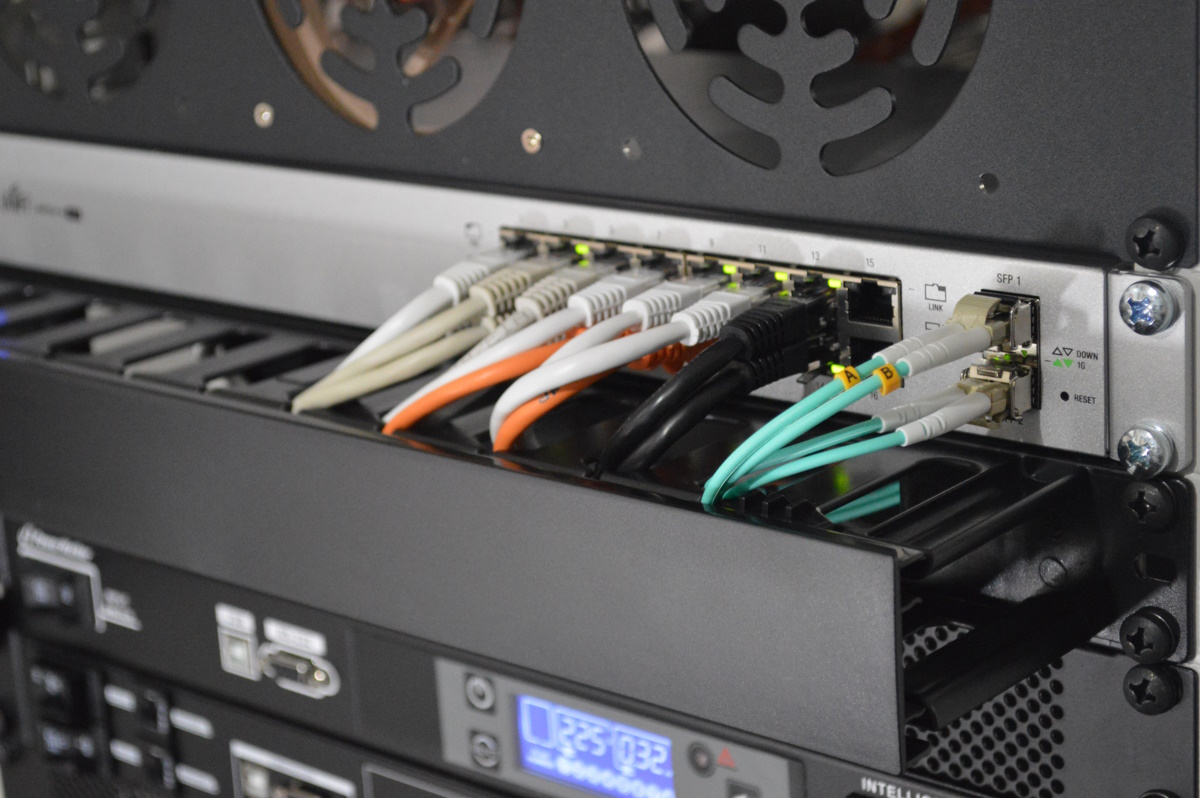Remote work has seen an incredible boost during the pandemic. As governments and organizations scrambled to get things under control, many workers and students suddenly found themselves in quite the different work environment.
While the pandemic has more or less come to an end, it is clear that remote working will be used more widely than before in many sectors. Working from home has advantages, both for individuals and businesses. There is no daily commute to work and certain things that had to be done after work, like doing the laundry or going grocery shopping, can be done while at work.
Work from home scenarios introduced new risks, on the other hand. Since many employees had to use their own devices, risks associated with using those would suddenly come to the forefront. Even with devices provided by organizations, employees suddenly would face additional risks.
How to stay safe when working from home

The rise of remote working has given rise to certain types of threats. These include phishing in its various forms, but also malware attacks and other attacks exploiting new work scenarios.
The following list of tips may help people who work from home stay safe, while they do so, and mitigate certain risks associated with remote working.
Tip 1: Keep the operating system, software and also hardware up to date
Outdated software products may have security issues, some of which may be exploited actively on the Internet.
Most of the important applications and operating systems are configured to update automatically. It is still a good idea to run update checks regularly, to make sure nothing was missed.
A good precaution is the creation of backups, which may then help recover a system if updates introduce issues. Paragon Backup & Recovery is a free backup solution that is available for Windows.
Hardware may also have security issues. These may be patched with firmware updates. Some may be provided by the operating system, others may need to be installed manually instead.
Tip 2: Separate work from home activities
The best option here is to use a dedicated device just for work, and don't use it for any other activities. Sometimes, this may not be possible, for instance, when businesses do not hand out work devices to their employees.
The next best thing then is to create a dedicated work account on the device, and use it solely for that. It is also important that the account or work device is properly secured, and that other family members or others who may come into contact with it, can't use it.
Tip 3: Use antivirus and security software
Antivirus software should be installed and used on work from home devices. This can be a built-in solution that ships with the operating system, or a standalone solution.
Additional security products, such as dedicated firewalls or advanced security tools, may improve security, but they also increase complexity. The software needs to be up to date.
Tip 4: Education is key

Employees need to be aware of threats that they may face while working from home. Phishing, for instance, has been around for a long time, but people still fall for it as if it would be a new trend and not something that is decades-old.
Employees need to be able to differentiate between legitimate emails and malicious ones, and be encouraged to contact support whenever they are in doubt.
Tip 5: Secure the home network

Use the strongest security option that is available and supported to protect a wireless network. Pick WPA3 if available and supported by all devices, otherwise pick the next best option that is available.
Some wireless networks may support additional security features, such as enabling Enterprise WPA with 802.1X, which authenticates each user individually.
Speaking of network access passwords, make sure they are not easy to guess or crack.
Tip 6: Use strong passwords, 2-factor authentication or other advanced authentication options
Weak passwords may give attackers access to online accounts, services or files just by guessing the password. If available, enable 2-factor authentication to add a second layer of protection to the account.
Modern authentication options, such as using passkeys or hardware security keys, may improve the security of accounts significantly as well.
Bonus Tip
There are lots of smaller things that may make a difference. Using a device with a webcam lid, or buying a lid, may protect users from webcam spying. VPN services may improve security, as they protect data, especially when public wireless connections are used. Smart devices, especially those with listening capabilities, should not be in the same room as work devices.
Now You: did we miss a tip? Let us know in the comments.
Thank you for being a Ghacks reader. The post The impact of remote work on cybersecurity: Tips for staying safe appeared first on gHacks Technology News.

0 Commentaires